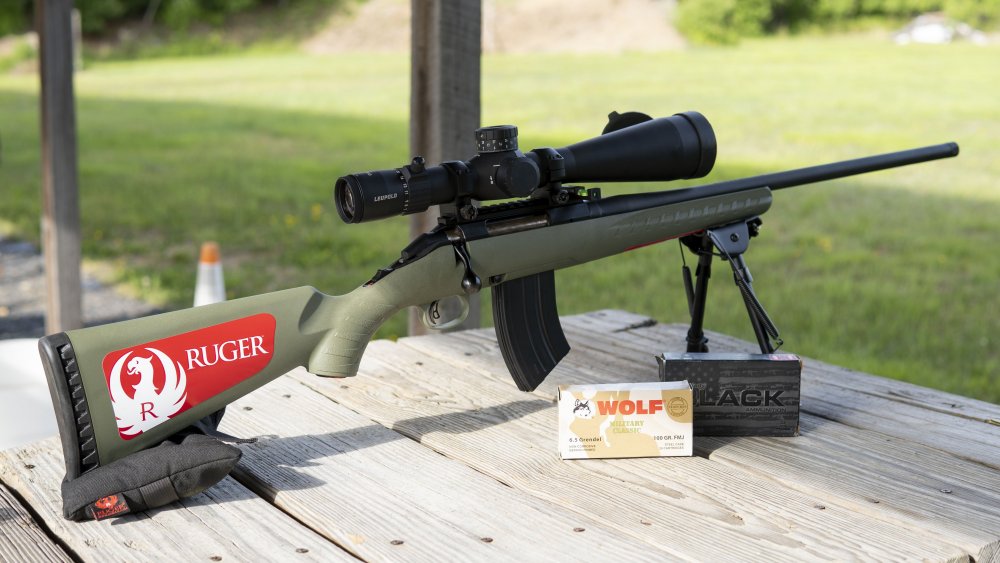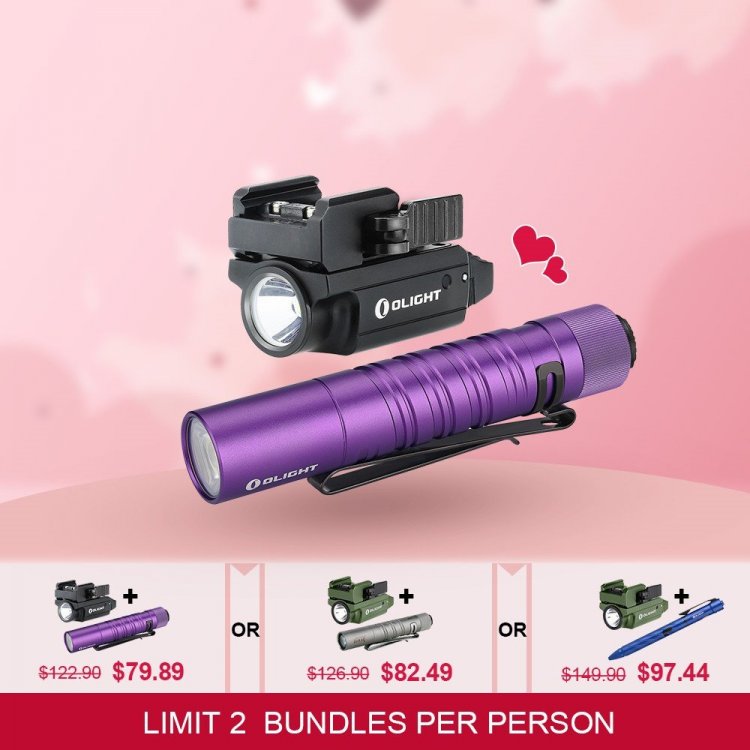Sign in to follow this
Followers
0

Do You Know Your Rate of Twist? Really?????
By
Old School, in Precision Rifle
-
Recently Browsing 0 members
No registered users viewing this page.
-
Supporting Vendors
-
-
Latest Topics
-
-
Posts
-
By diamondd817 · Posted
It's physically a 2 lane road where there was plenty of room to avoid the pedestrians. Including the "parent and child" that were literally on the roads edge. The camera is a fisheye, and the ATV was much closer than it looked coming around the curve and there was no time to stop. The cop caused the crash and injury while further endangering pedestrians. This could have been handled differently, without injury. E.g. He could have set up further back and turned his lights and sirens on and gave the ATV time to stop. Again, illegally riding an ATV is a fineable offense, that's it. Does not justify lethal force by auto. I hope he sues and wins. -
By Cheflife15 · Posted
It's not really a road. It's supposed to just be open to pedestrian traffic. "Farnum Drive has been open to just pedestrian traffic since 2020. A large number of people, including families with children, were in the area." Voy beat me to it. -
Thanks for this. It wasn’t clear from the video that it is a pedestrian path. It looked like a dual use back road. It wasn’t a street. It is a paved pedestrian path. There is no expectation by those using it of any vehicles. What would a cop be expected to do if a dirt bike was careening down a busy sidewalk in the city? Second, the police car had stopped. Any force in this equation LITERALLY came from the ATV.
-
N.J. Family Man From Quiet Suburbs Speaks Out About Home Invasion By John Petrolino | 1:01 PM | May 03, 2024 John Kabourakis talked about his community and how the location is perfect for an active family that enjoys doing things and staying on the go. Kabourakis then talked about the early morning of February 29, 2024. After hearing a loud noise, Kabourakis retrieved his handgun and went to investigate. Having children in the home is cause to investigate things that go bump in the night, and Kabourakis said he walked down a hallway to a second story landing in his home. While on the landing he said, “I'm looking down into my kitchen area and I see a flashlight moving my kitchen, and all of a sudden a person came into my focus, wearing a hoodie, a mask, gloves, and [was] carrying a flashlight.” Linky thingy: https://bearingarms.com/john-petrolino/2024/05/03/nj-family-man-from-quiet-suburbs-speaks-out-about-home-invasion-n1224765?utm_source=badaily&utm_medium=email&utm_campaign=nl&bcid=00ea90fbf351bbfd29c96affd26f2dca49954a466ec9e3e8139f308bd8a1cb93
-
-













